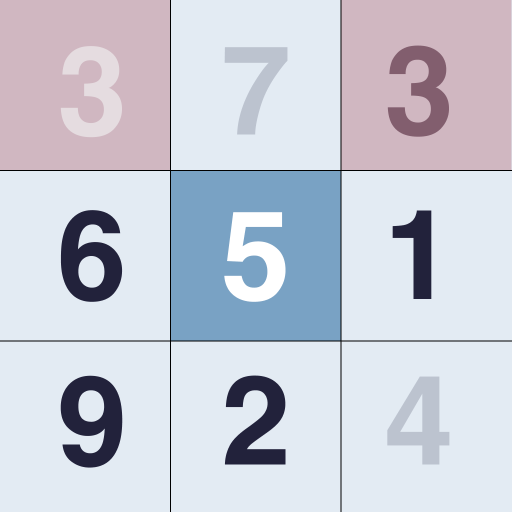
Common Sudoku Mistakes and Why Backtracking May Not Be the Best Strategy
Sudoku is a popular number puzzle that challenges players to fill a 9x9 grid with numbers 1-9 so that each row, column, and 3x3 sub-grid contains all of the digits from 1 to 9. Solving Sudoku can be both fun and challenging, but it can also be frustrating if you don't have a good strategy. In this article, we will discuss the common mistakes that people make when solving Sudoku puzzles and why backtracking may not be the best strategy.
Common Sudoku Mistakes
-
Not using the "pencil marking" technique: One of the most common mistakes that people make when solving Sudoku is not using the "pencil marking" technique. This technique involves writing down all of the possible numbers for each empty cell, which can help you narrow down the possibilities and find the correct solution faster.
-
Incorrectly filling in numbers: It's easy to make mistakes when filling in numbers. Check your work regularly to make sure you have filled in the correct number in the correct cell.
-
Not using logic: Sudoku is a logic puzzle, and each number you fill in should be based on logical deductions. If you are guessing or randomly filling in numbers, you are likely to make mistakes.
-
Repeating numbers within a row, column, or box: Each row, column, and box in Sudoku must contain the numbers 1-9 exactly once. Repeating numbers within a row, column, or box will lead to an incorrect solution.
-
Not double-checking your work: It's always a good idea to double-check your work before moving on to the next step. Check each row, column, and box to make sure you have filled in all the correct numbers.
Why Backtracking May Not Be the Best Strategy
Backtracking involves filling in numbers in a trial-and-error fashion and then undoing them if they lead to contradictions or errors. While backtracking can solve any Sudoku puzzle, it can be time-consuming and frustrating, especially if the puzzle is difficult.
Furthermore, backtracking does not take advantage of the logical deductions that can be made based on the existing numbers in the puzzle. Sudoku puzzles can be solved using a combination of logic and reasoning, and by following a systematic approach, it is often possible to avoid the need for trial-and-error backtracking altogether.
Instead of relying solely on backtracking, it is recommended to use a combination of techniques, such as scanning, crosshatching, and using the "pencil marking" technique to identify and eliminate possibilities. By using a logical approach and making deductions based on the available information, you can solve Sudoku puzzles more efficiently and effectively than relying solely on backtracking.
Conclusion
Sudoku can be a challenging but rewarding puzzle game. By avoiding the common mistakes mentioned in this article and using a combination of logical deduction techniques, you can solve Sudoku puzzles more efficiently and effectively. While backtracking may be a tempting strategy, it is often not the best approach, and by following a systematic approach, you can solve even the most challenging puzzles.

Previous: 10 Frequently Asked Questions About Sudoku: Answers and Tips for Beginners | Next: Sudoku vs. Crosswords: Which Is the Better Brain Workout?
